The mechanical almond harvester was busy this past weekend, which reminded me that I haven’t kept you informed as promised on the status of the Almond Orchard behind our house in Tracy.
Earlier this year, I wrote about the role bees play in the cultivation of almonds. Unfortunately, after the bees left, I did not follow through with further information or updates on our Almond Orchard. So now is the time to briefly explain the process of growing and harvesting an Almond Crop.
I will discuss planting to harvesting an almond crop, and of course, I’ll also talk about the critical role bees play in the process. So whether you’re a beginner (like me) or a seasoned almond grower, here we go, and please correct if needed.
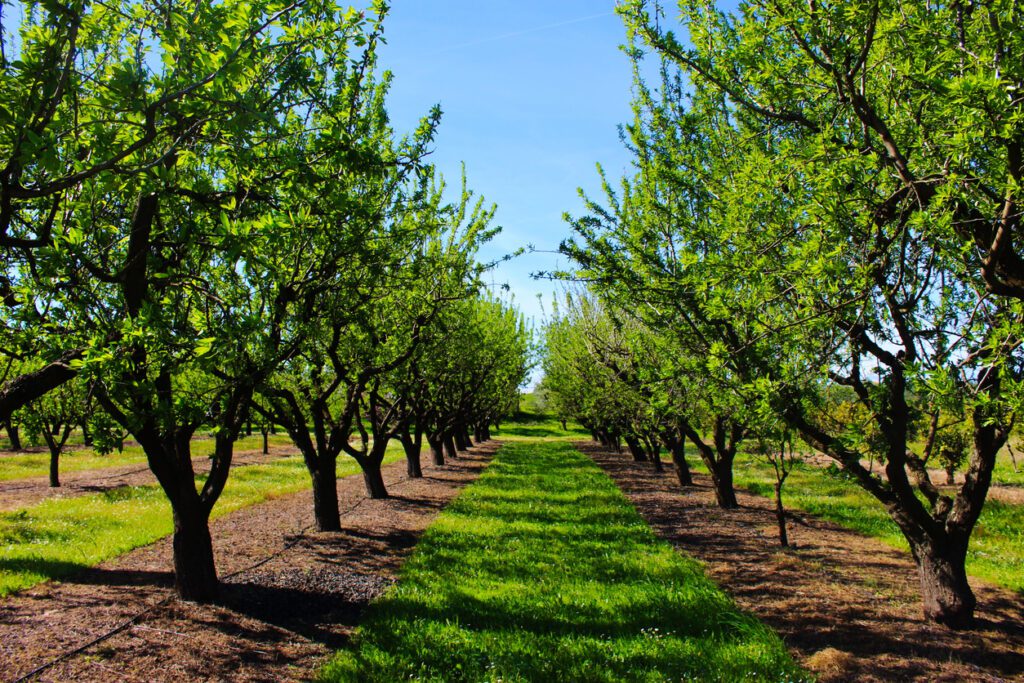
Almonds are a type of tree nut native to the Mediterranean region. They have been cultivated for centuries and were even mentioned in the Bible. Today, they are grown worldwide, including here in California, which produces 80% of the world’s almond supply.
Almond trees can be either male or female. However, only female trees produce nuts. Male almond trees are necessary for pollination, but they do not produce any nuts themselves. Therefore, to grow a healthy crop of almonds, both male and female trees will need to be planted. And don’t forget about the bees – they play a vital role in the success of the almond crop. The Almond Growers contract with the Beekeepers during January, February, and March to pollinate the Almond flowers.
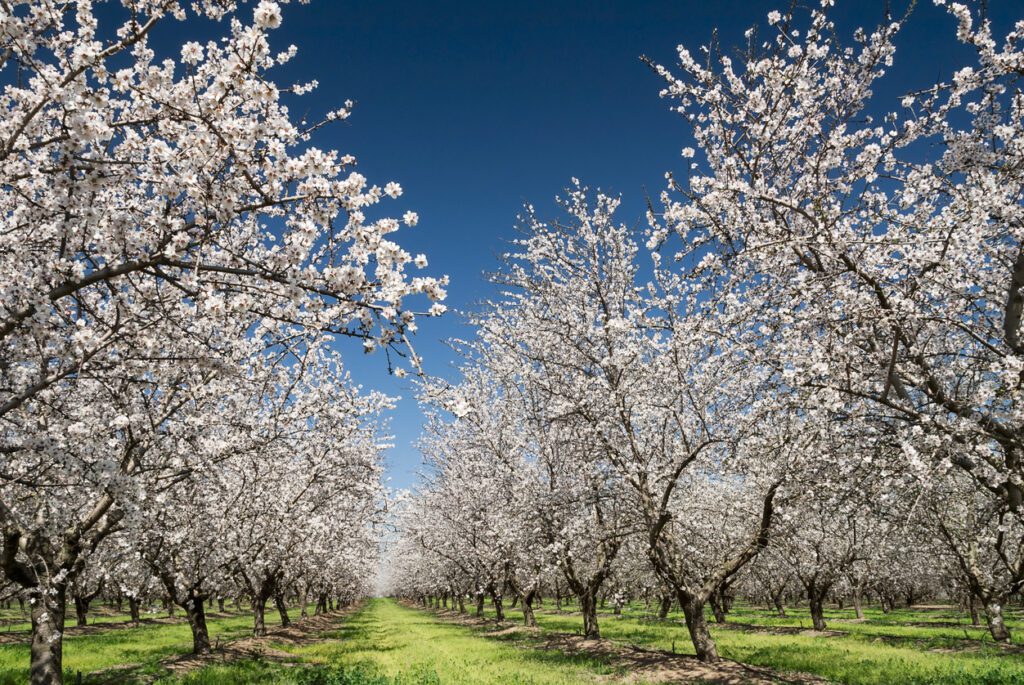

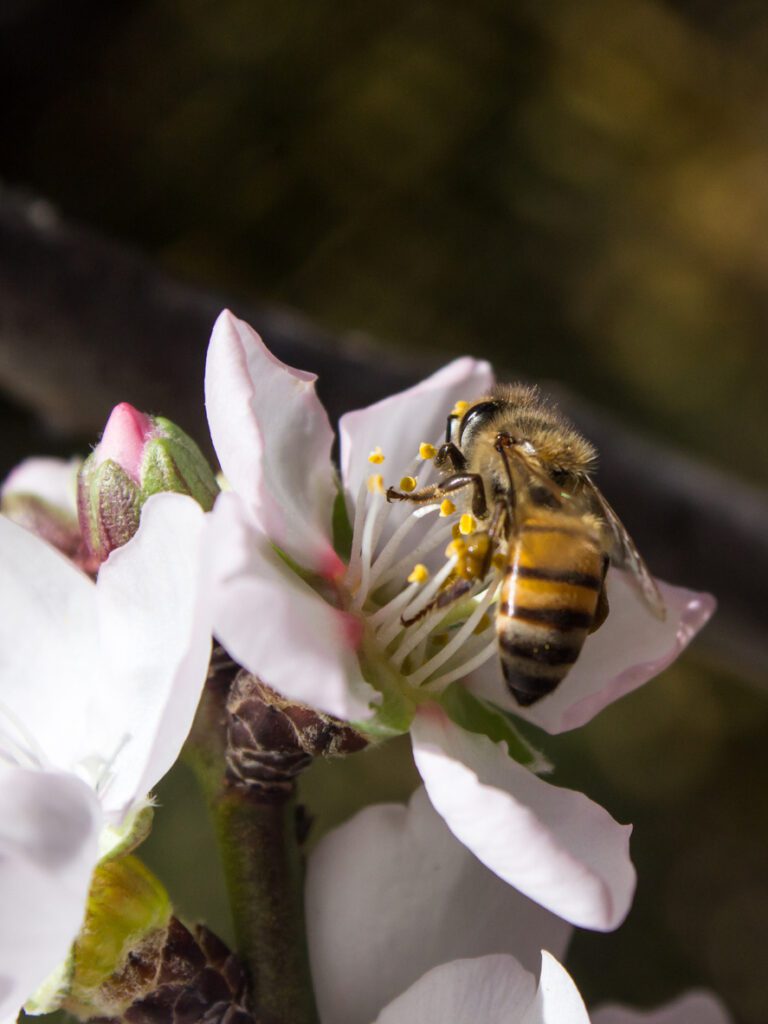
It takes approximately four years for an almond tree to begin producing nuts. However, once they start bearing fruit, almond trees will have nuts for about 20 years before they need to be replaced.
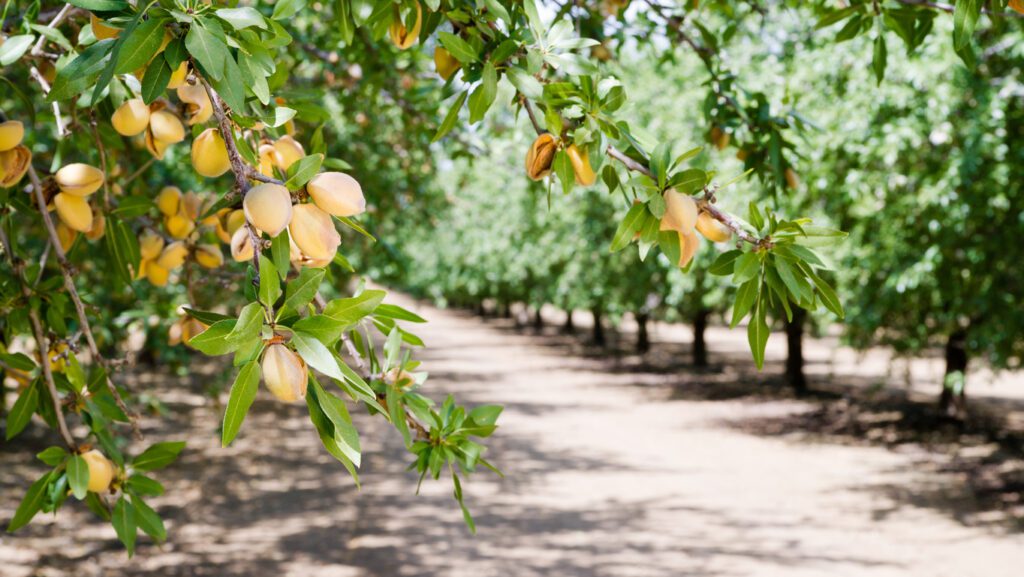
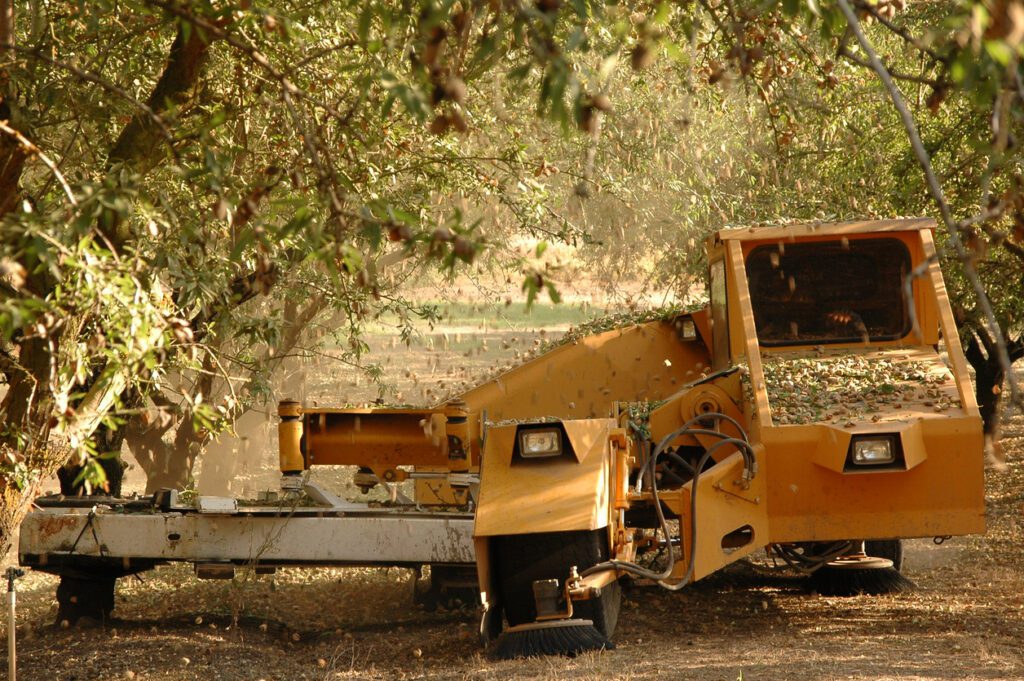

The primary harvest season for almonds is in the fall, typically from August to October. During this time, nuts will fall from the trees and can be collected by hand or with a mechanical harvester. The mechanical harvester has a giant claw that grabs the tree trunk and shakes the tree so vigorously that the almonds fall to the ground. That is followed by harvesters that remind me of giant vacuums (I have yet to learn the proper term) that drive through the rows of trees and vacuum up the almonds.
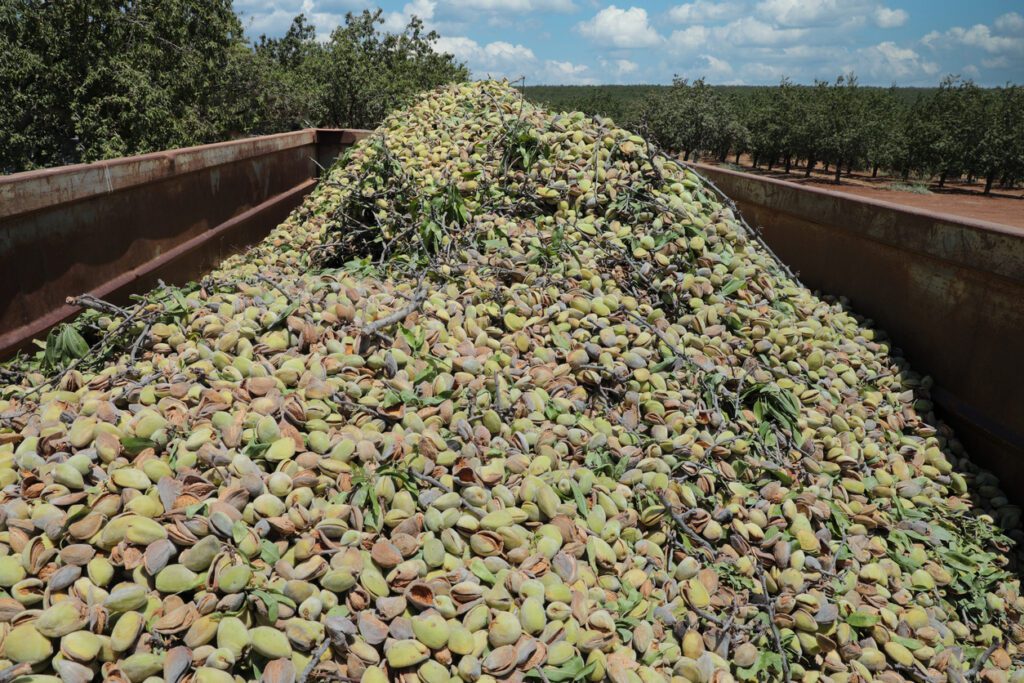
After the nuts have been harvested, they need to be dried before they can be stored or shipped. Almonds can be dried in the sun or in a dehydrator. The goal is to get them down to a moisture content of around seven percent.


Once the almonds are dried, they can be stored in a cool, dry place for up to two years. Or, if you plan to sell them, they can be packaged and shipped to buyers worldwide.

Growing and harvesting an almond crop is a lengthy process that requires careful planning and attention to detail. But apparently, it can be a rewarding experience, both financially and personally, for the Almond Growers. I would enjoy talking to the orchard owners behind us to learn more about growing Almonds. Otherwise, I will continue learning on my own and sharing with you.
Thanks for reading! If you have any questions or comments, please enter them in the comments section below.
